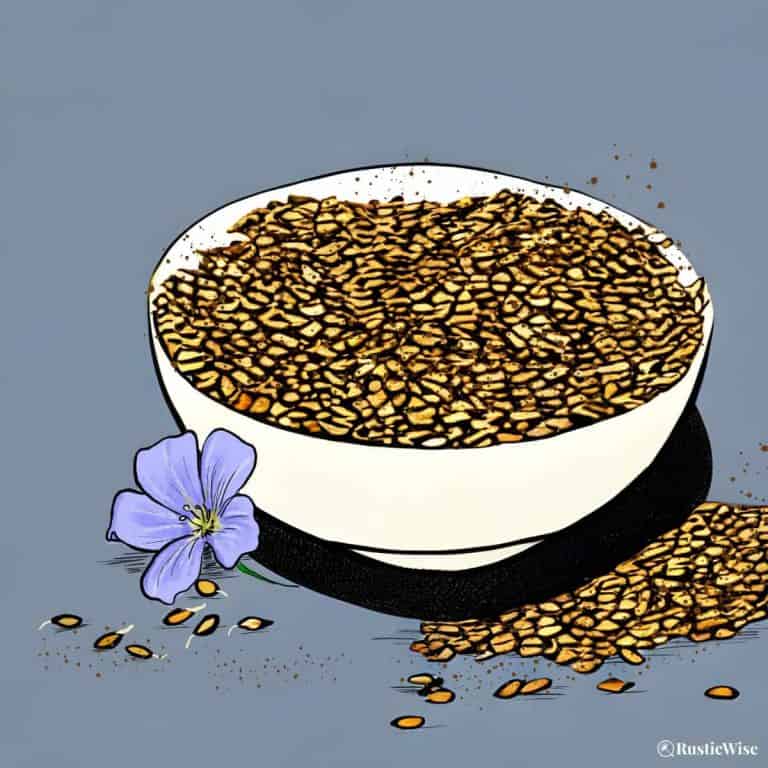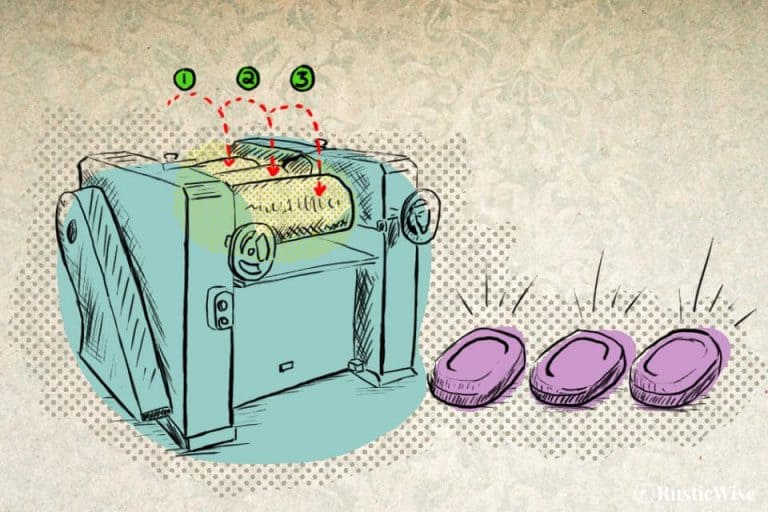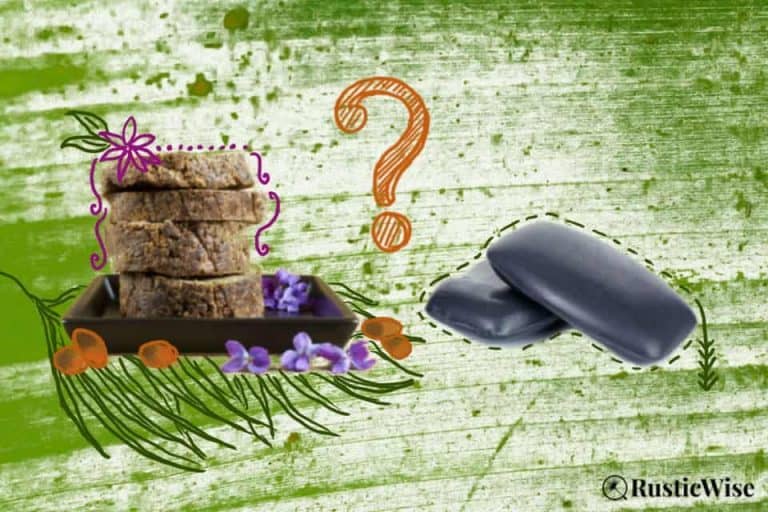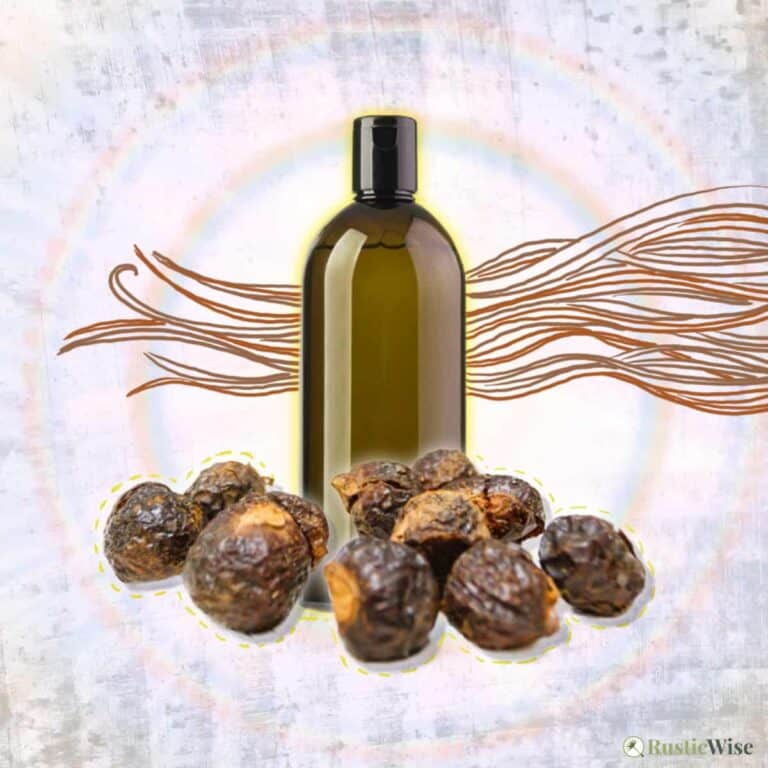What Is Aleppo Soap: 7 Skin Nourishing Benefits
If you’ve ever come across yellowish-green bars of soap at a market, you may wonder, what is Aleppo soap, exactly? Originating from Aleppo, Syria, Aleppo soap is made using ancient methods to produce a bar made of olive oil and laurel berry oil. It’s highly prized for its natural skin nourishing qualities that are safe for most skin types—even sensitive skin.
Best of all, authentic Aleppo soap contains no preservatives and is eco-friendly and biodegradable.
If you’re looking to add a great multi-purpose beauty bar to your daily routine, read up on Aleppo soap benefits, and how to spot an authentic bar from a fake.
What is Aleppo soap? A closer look
Aleppo soap, also known as Syrian soap, laurel soap, or savon d’Alep, contains a simple list of ingredients:
- Natural olive oil pressed from locally grown trees;
- Laurel oil pressed from the fruits and seeds of laurel berries;
- Sodium hydroxide lye (a key ingredient that turns oils into soap);
- Distilled water
That’s it!
If you’re wondering whether it’s safe to use lye in a product you’re rubbing all over your skin, yes, rest assured that there’s no active lye in the finished soap.
Don’t confuse laurel berry oil with laurel leaf essential oil
Laurel oil comes from the berries of the bay leaf tree (Laurus nobilis), an evergreen shrub native to Mediterranean regions. This is the same sweet bay leaf tree that produces the popular bay leaves used to season your stews and other savory dishes.¹
It’s important to note that the type of oil used in Syrian soap is laurel berry oil, a type of vegetable oil derived from the pressed berries and seed. This differs from another popular bay oil—laurel leaf essential oil (EO). Bay laurel leaf EO contains volatile and active compounds. Its steam distilled from the leaves of the same plant.
In soap recipes, vegetable oils like olive and laurel oils make up the bulk of the recipe. If essential oils are added, it only comprises a small fraction of the total oils.
The traditional soap comes unscented.
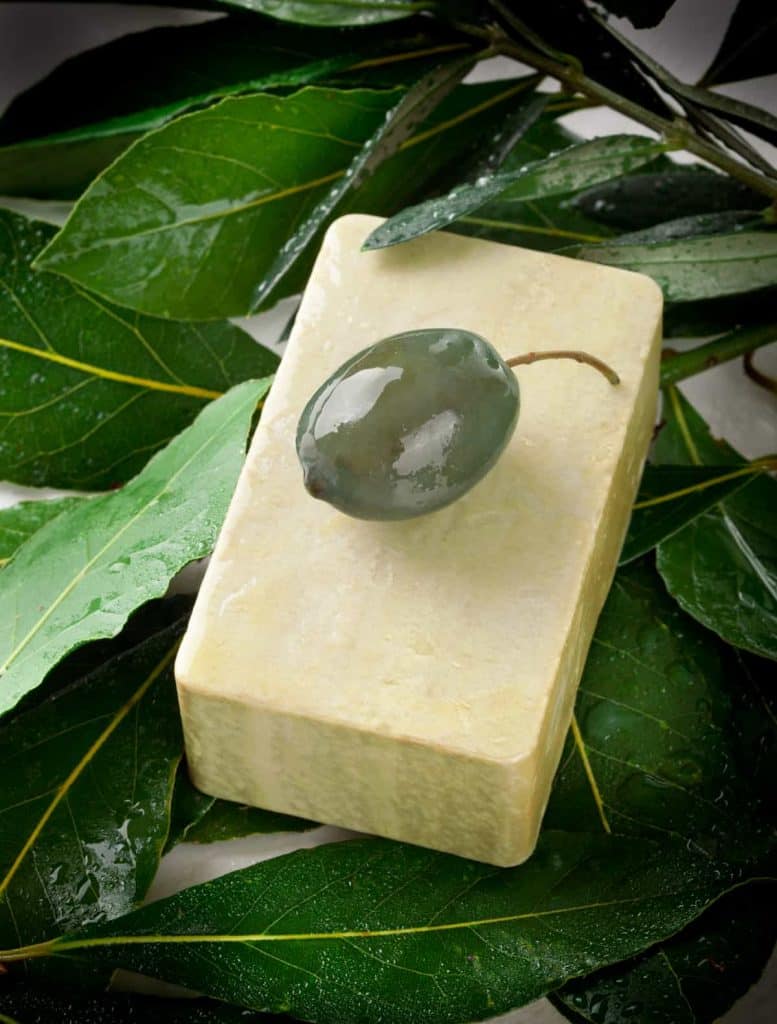
Credit: Vector State
Skin benefits of Aleppo soap
There’s good reason why this natural soap is highly coveted: it’s vegan (contains no animal fats), contains natural products, is palm oil free, and provides skin moisturizing properties.
Since this natural soap contains two skin-loving oils (olive and laurel berry oils) let’s take a closer look at each.
Typically, the bulk of an Aleppo soap recipe consists of olive oil. The laurel oil content in the finished soap varies widely—anywhere from 5 to 40 percent.
Much of what you glean from this natural soap comes from olive oil, but laurel oil is no slouch either.
- Packed with vitamins: Olive oil is rich in vitamins A, D, E, and K. Vitamin E helps nourish and protect skin from free radicals. External forces, such as sun exposure, speed up the aging process by producing free radicals. Olive oil acts as a natural inhibitor against cell oxidation.²
- Anti-aging properties: Antioxidants found in olive oil help to protect skin from UV rays, sun damage, and pollution. Using antioxidants on skin helps to fight premature signs of aging such as wrinkles.²
- Highly moisturizing: With a similar lipid structure to human skin, olive oil is a great gentle moisturizer that doesn’t clog skin pores. It’s a healthy and soothing moisturizer that works on most skin types. Olive oil is also a rich source of oleic acid, a fatty acid that reduces redness and irritation—wonderful for sensitive skin.²
- Cleanses skin gently: One of the major benefits of this olive/laurel soap is its ability to gently clean skin without over drying it. Many commercial body and face soaps contain harsh ingredients which strip skin of natural, healthy oils. A bar of Aleppo soap removes dirt while leaving skin’s natural acid mantle intact. It’s gentle enough to use as a facial cleanser, even on acne prone skin.²
- Soothes skin: If you have dry skin, itchy skin, or skin conditions such as eczema or psoriasis, Aleppo soap can help calm flare-ups.²
- Forms a protective barrier: Polyphenols found in both olives and laurel berries have protective properties that act as a shield from natural conditions such as sun exposure, pollution, and other outdoor elements.²
- Antimicrobial properties: Bay laurel oil has been found to have antimicrobial properties. This may help with certain skin ailments like acne, bacterial dermatitis, dandruff, eczema, fungal infections, and psoriasis.³
The takeaway: Syrian soap is suitable for most skin types as a natural moisturizer and gentle cleanser. It also contains antimicrobial agents that help remedy a wide range of skin ailments.
How to use Aleppo soap for skin and hair
This bar of soap is a hardworking multipurpose bar that you’ll want to keep in your beauty arsenal.
Olive oil brings the moisturizing properties, while laurel berry oil creates a lovely creamy lather.
Here are a few ways to use this soap bar:
- Hand soap: Keep your hands clean without stripping skin of natural oils.
- Face and body soap: Safe and gentle enough for all parts of the body, including your face.
- Shaving soap: Authentic Aleppo soap creates a workable lather that makes it suitable for shaving underarms, legs, and face (for men!).
- Shampoo bar: If you’re in a pinch, this gentle and moisturizing bar works for hair.
How is traditional Aleppo soap made?
In Aleppo, Syria where this soap originates, the practice of using natural and local vegetable oils to produce soap dates back centuries.
The ancient soap making tradition and original recipe have been handed down through many generations. Even today, the manufacturing process still relies on hand tools and manual labor to expertly craft each cube.⁴
First, olive oil is pressed and refined. It’s then placed in a large vat where it’s boiled together with sodium hydroxide lye, and laurel oil.
It’s mixed and boiled for three days.
The soap batter is later poured and spread over large pieces of prepared wax paper that cover the floor.
Soap makers use hand tools to evenly distribute the soap mixture across the surface, ensuring it’s smooth.
Once smoothed, this soap mixture is left to settle, cool, and harden for a day.
When the mixture has cooled and semi-hardened, it’s cut into soap cubes. This is done by two people: one perches upon a special soap slicer tool to weigh it down (the evenly spaced blades slice the soap). The other person pulls the person atop the cutting blades back and forth across the vast surface of the soap.
Next, the company’s seal or logo is stamped atop each cube by hand.
Finally, the soap cubes are stacked (staggered) to allow soaps to cure and dry—anywhere from 6 to 9 months.⁴
Why does Aleppo soap take so long to dry?
The drying time, or curing process is key to producing hard bars of soap. Curing allows any excess moisture to evaporate, resulting in a harder, longer lasting bar.
Olive oil is a very soft oil. As with other natural soap bars made primarily of olive oil, this soap takes a long time to cure.
Newly stacked soap bars range in color from olive to emerald green. As the soap hardens and dries, the outer layer gradually turns a yellow-green color, while the inner soap keeps its lovely green hue.
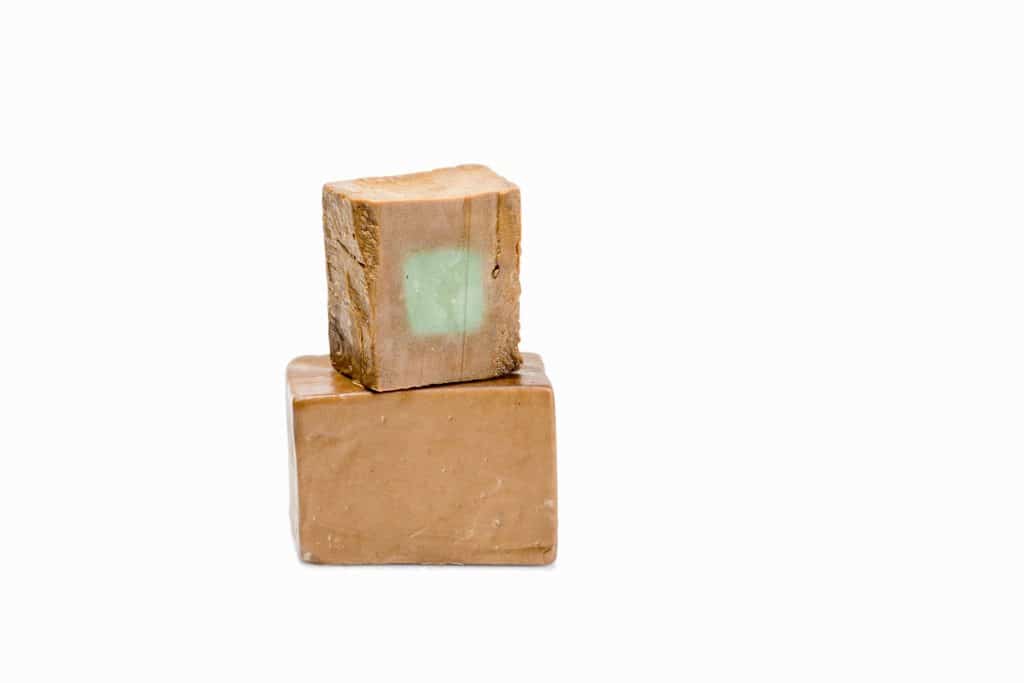
Credit: Yay Images
How to spot authentic Aleppo soap
The world is full of phonies. So how do you distinguish between the real deal and a fake?
There’s a myth that “true” Aleppo soap has to float when placed in water. While it’s true that some soaps may float, it’s not a requirement. Some soaps float simply because they contain more trapped air.⁵
As there are varying ratios of olive oil vs. laurel oil in each soap recipe, the results may vary. Also, there’s some variation between drying times which may also affect whether a bar sinks or floats.
Here’s how to ensure you’re getting the real deal.
- Look at the ingredients list: True Aleppo soap cubes should contain minimal ingredients: olive oil, laurel oil, lye, and water. Be wary of bars with other added fragrances or oils.
- Green on the inside: Like a nice surprise, if you cut open a bar of authentic Syrian soap, it’s a gorgeous emerald green. The outside ranges from light golden brown to yellowish green, depending on the amount of laurel oil used and the drying time.
- The place of origin: Perhaps the easiest way to distinguish a real bar from a fake is to check the place of origin. It should come from the ancient city of Aleppo, Syria. While there are many Aleppo-inspired soaps, the OG comes from its namesake.
- Check the amount of laurel oil: As bay laurel oil is rather expensive, soap bars may contain anywhere from 5 to 40 percent laurel oil. Expect the price tag to rise as the level of laurel increases too.
Aleppo soap recipe
You won’t find many grocery stores or soap suppliers that sell laurel oil—a key component of what makes this soap so special.
Laurel berry oil is a thick greenish-brownish liquid (which lends the soap its distinct coloring). It has sediment that often floats to the bottom. It carries a strong, earthy and slightly smoky aroma.
Online, I found that Wholesale Supplies Plus carries some laurel berry oil. It’s not cheap though. A bottle of laurel berry oil can cost four times as much as a bottle of extra virgin olive oil!
There doesn’t seem to be a standard ratio of olive to laurel.
Tip: Laurel berry oil is potent and if you have sensitive skin (or are planning to use it on babies), it’s recommended that you keep the percentage of this oil to 20 percent or less. The key to making a successful bar of soap when soft oils are used, such as olive and laurel, is to give it plenty of time to cure—several months if you can wait that long!
Here’s a basic recipe for making your own DIY olive/laurel soap. I ran the numbers through Soap Calc, but you may want to play adjust the amount of laurel oil as you see fit.
The following is for a 1-pound batch of soap using 75 percent olive oil and 25 percent laurel oil (with 5 percent superfat).
Lye solution:
- 6.08 ounces water (172.36 grams)
- 2.08 ounces sodium hydroxide lye (58.99 grams)
Oils:
- 12 ounces olive oil (340.19 grams)
- 4 ounces laurel fruit oil (113.40)
If this is your first time making cold process (or hot process) soap, please read up on lye safety first! Remember to use all proper safety equipment when soap making.
Check out a basic cold process soap recipe for in-depth steps and directions.
Other types of olive oil soaps
Aleppo soap isn’t the only popular olive oil soap on the block.
Chances are, you may be familiar with Castile soap. This vegetable based soap originates from Castile, a region in Spain. Olive oil was the primary plant oil used to make this soap, but today, most commercial Castile soaps are a blend of other vegetable oils, such as coconut oil and palm oil.
Castile comes in liquid or bar form. Some are scented. Castile soap is popular for its versatility for washing hands, body, hair, as well as general household cleaning.
Nabulsi soap is another olive oil soap from the city of Nablus along the northern West Bank of Palestine. It’s unique because the lye mixture derives from ashes of the barilla plant mixed with water and a locally-sourced lime compound.
The takeaway: what is Aleppo soap?
If you’re looking for a new facial and body cleanser that’s gentle on skin and the environment, add Aleppo soap to your self-care regime. Comprised entirely of vegetable based oils (olive and bay laurel berry oil), Aleppo is vegan, biodegradable, and free of harsh skincare chemicals.
Ensure you’re buying the real deal by checking the ingredients list (it should have minimal ingredients). An authentic bar of Syrian soap should be emerald green on the inside, and golden brown/light green on the outside.
New to making soap? 🧼❓
👉We have a fantastic overview on the whole soapmaking process here: read our Timeless Guide To Soapmaking.
If you would like to see our soapmaking posts organized by topic type, see our Soapmaking Collection.
Would you like more timeless tips via email?
Fun tips to help you live an independent, self-sustaining lifestyle. Opt-out at any time.


References
- Britannica, Bay leaf, https://www.britannica.com/topic/bay-leaf. Accessed March 2022.
- International Olive Council, Olive Oil and Skin, https://www.internationaloliveoil.org/olive-world/olive-oil-health/#skin. Accessed March 2022.
- Petkova, Z., Stefanova, G., & Girova, T. (2019). Phytochemical Investigations of Laurel Fruits (Laurus nobilis). Online, 14(8). https://doi.org/10.1177/1934578X19868876
- Insider, Syrian Soap Company Uses Centuries-Old Methods, https://youtu.be/RhledfZqvew. Accessed March 2022.
- Najjar, FAQ, https://www.najel.net/en/faq. Accessed March 2022.

Author: Theresa Tesolin
Theresa is co-founder of RusticWise. She helps people unleash their inner DIY spirit by encouraging them to get dirty and make or grow something from scratch.


